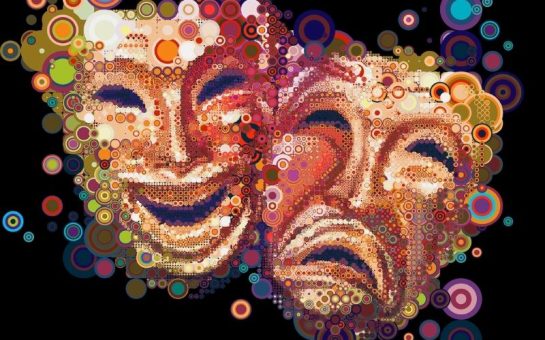SWL reporter David Horsfall speaks to a pyschotherapist about attachment therapy.
Jean Knights is a Surrey psychotherapist who has a particular interest in attachment theory.
I wanted to explore how therapy works and how we can all use the insights of therapy in our daily life, coping with its stresses and strains, and even consider a Freudian slip of lying down on a therapist’s couch.
Attachment theory deals with dynamics of human relationships and arose from the work of the English psychoanalyst John Bowlby in 1958. Its most important tenet is that an infant needs to develop a relationship with at least one primary caregiver for social and emotional development to occur normally.
DH: So how does attachment theory work in relation to adults, given it is based on children’s attachment to the parents or carers?
JK: We see attachment as relevant throughout life from cradle to grave. The pattern of an individual’s behaviour is set in later life by their very early interaction with their mother or primary carers. In turn this reflects on what the individual thinks of himself and his attitude towards relationships. This unconscious map is buried underneath the earth and you follow that map throughout your life.
DH: So what types of attachment are there?
JK: If for example the individual was neglected by their carer in infancy, their lovability is likely to be zero. By that I mean they are likely to have low self-esteem and cannot take in love or give love in an adult relationship.
A healthy attachment will naturally lead to independence in adult life.
Parents who make their children grow up too early silence the natural need and desire of the child to turn to their carer for protection and love. This means they will turn to themselves to self soothe.
They might withdraw to their mind or drugs for example to self soothe.
DH: What do you mean by self soothe?
JK: Events happen in life which generate emotions and we all need to learn to carry out “emotional regulation”. Initially the child cannot regulate his emotions at all but gradually the individual learns to manage. How you manage distress for example might be to seek the comfort of a friend, go for a run or turn to work.
DH: So who do we get attachment from?
JK: Attachment is not generalised. It is a specialised focus that provides the attachment. The attachment is at most with one, two or three people.
DH: So how do we define someone as being mentally healthy?
JK: We see individuals who are able to soothe themselves and be able to turn to others as being an ideal combination. The danger signs are with individuals who turn to others all the time and have no capacity to self soothe. Individuals who do not turn to others for help are also vulnerable.
DH: So you see adult relationships as a key to mental health?
JK: Absolutely. Attachment is natural and beneficial. The capacity to have mutuality in a relationship is key – to give and receive love and care from another.
DH: So what happens if I cannot self soothe effectively?
JK: If someone is very angry or upset for example, they might go and beat someone up- they would relieve their distress by relocating their distress or they might turn to drink or drugs, cutting or self-harm.
DH: How would you help a patient in therapy say for example for alcoholism?
JK: I would look at the purpose and the function of the alcohol in their life. I would gradually find the empty spaces and these would be thrown up in their early maps. This would determine their lovability and their self-worthiness.
DH: So how they look at themselves is very important?
JK: What we expect from other people is vital. If you expect to be ignored then you will elicit that response from others. This is a non-conscious process and is determined by verbal and non-verbal communication.
DH: So how do you discover these hidden maps?
JK: I try to explore these unconscious maps with the patient together. They manifest themselves in the therapy relationship. Their expectations and beliefs about their relationships show themselves very quickly in the room. For instance they might say “I am sure you are very bored by what I have to say”. I can explore that belief by asking how long they have held that belief and we can explore what is embedded in their unconscious.
DH: So how do you communicate?
JK: Communication is empathetic and also unconscious. The therapist has to be very tender and at the frontline. The patient will know if you are thinking about shopping at Sainsbury’s while you are talking to them.
DH: So when should a person turn to your kind of therapy?
JK: They may have tried CBT and found that cognitive recognition is not enough and they need to go deeper to regulate their distress.
DH: So what you are doing is bringing the unconscious into consciousness?
JK: Therapy is not just about the past and I pay equal attention to the present. Distress may be caused by present factors such as redundancy or financial problems but these are overlaid over past injuries.
DH: How should we view attachment therapy helping us in our day to day lives?
JK: It is a healthy move to attach. If you are safely attached in a secure relationship then you feel safe and can go out and explore the world and satisfy your needs. Attachment theory is the lens on the camera.
Follow us @SW_Londoner

